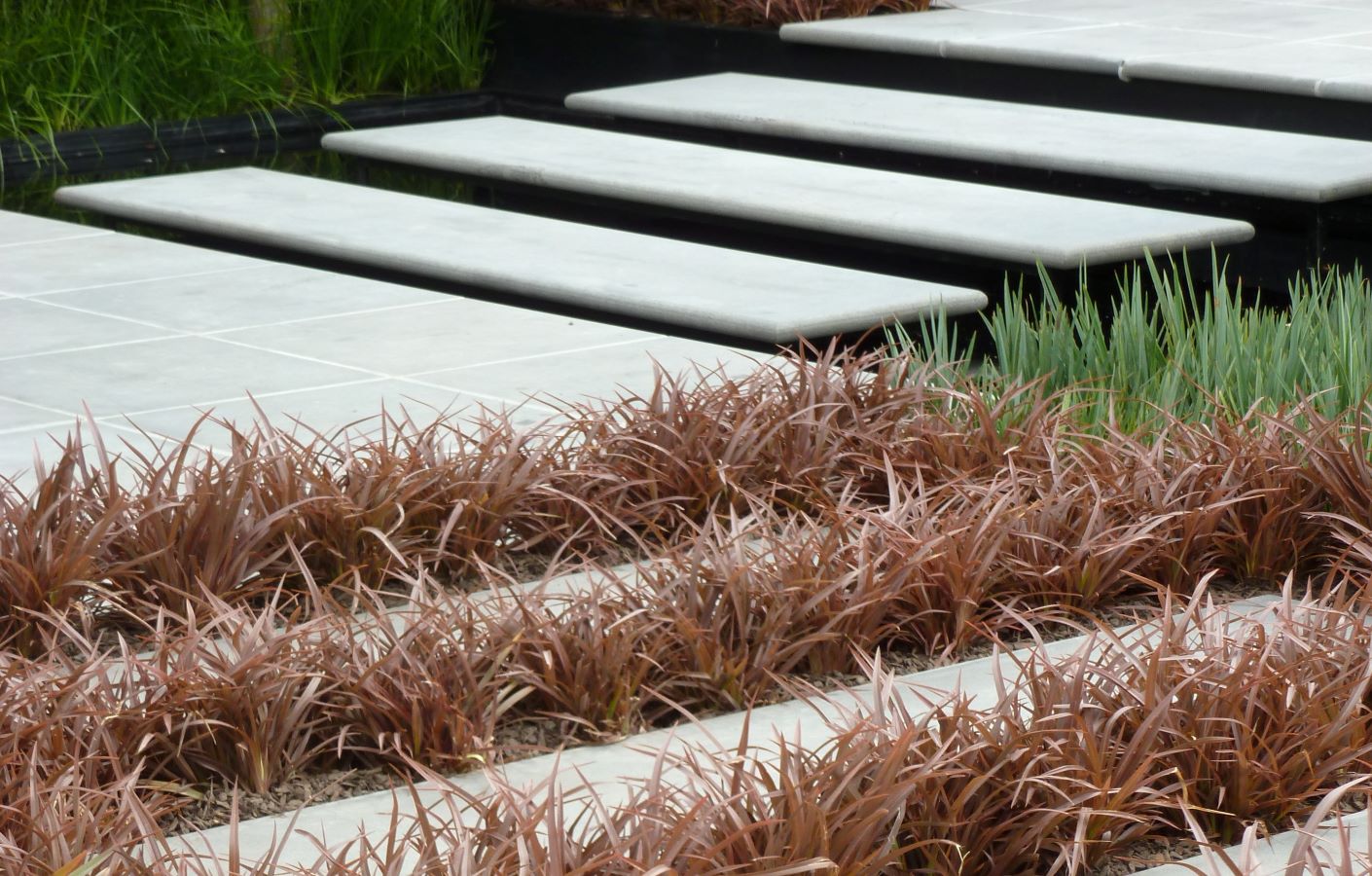A saving grace in your garden, when the winter chills are upon us, may well be the knowledge of the tolerance of your plants
So down to the nitty gritty with plants and frost – (just for those of you like me who just thinks of frost as a really cold morning and an excuse to lie in), frost is in fact a solid deposition of water vapour from saturated air and it is formed when solid surfaces are cooled below the dew point of adjacent air. Cold weather, particularly frost causes the water in plant cells to freeze which damages their cell walls. Plants damaged by frost are easy to spot, their growth becomes limp, discoloured and disfigured. Frost problems are often made worse where a plant faces the morning sun as this causes the plant to defrost quickly, rupturing their cell walls.
The best seasonal acclimatization for plants is for mild frosts to occur which enables the plant to harden. The worst damage to plants generally occurs when there is a period of warm weather then a hard -4 degree frost. To inhibit frost damage to your plants, knowledge is certainly the key. The terms ‘frost hardy’ and ‘frost tolerant’ are often misleading because of the different degrees of frost we experience in New Zealand. From coastal gardens to high country gardens, our weather patterns are adeptly set to test the toughest of plants. In addition to asking your local garden centre or nursery as to what is suitable to grow in your area, take a look at neighbouring gardens and take note of what survives and thrives in the harsh winter chills.
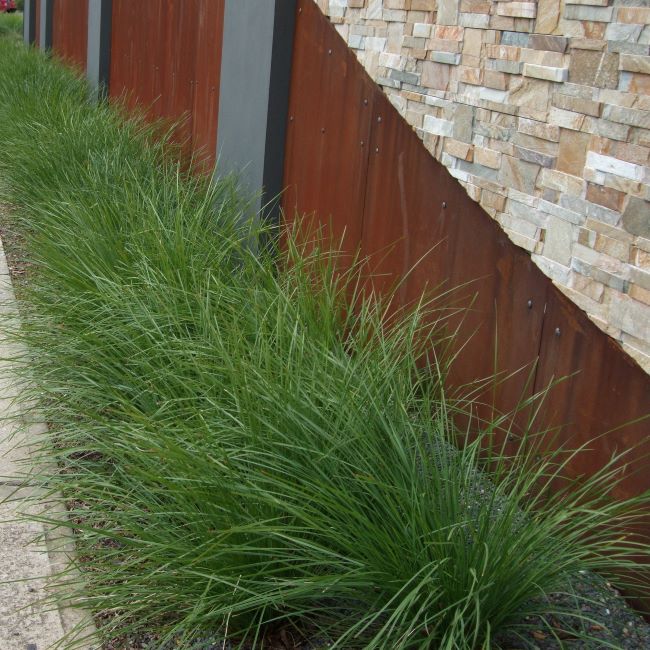
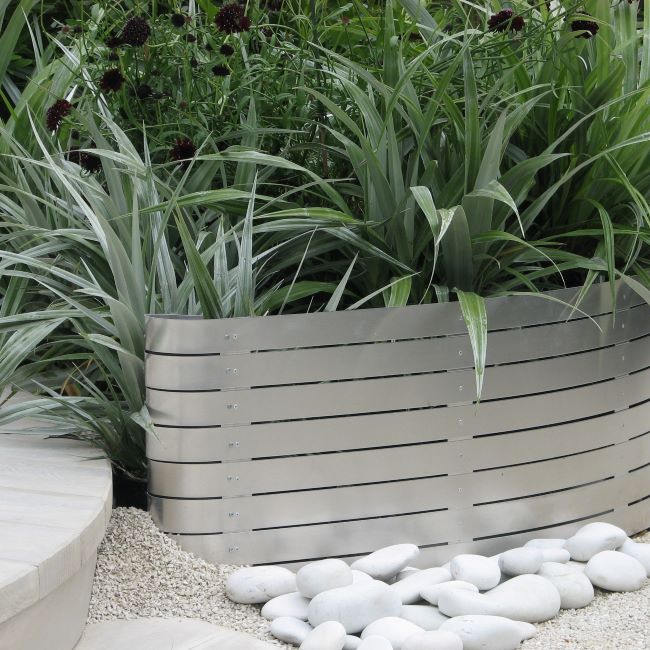
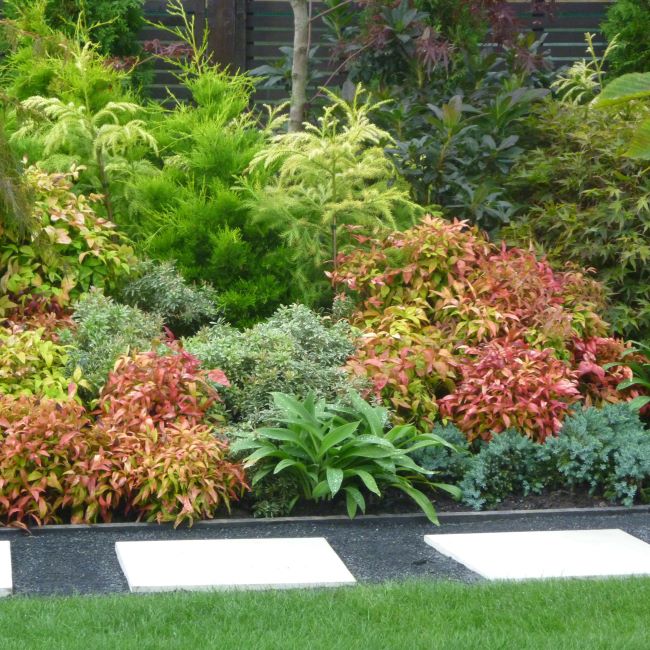
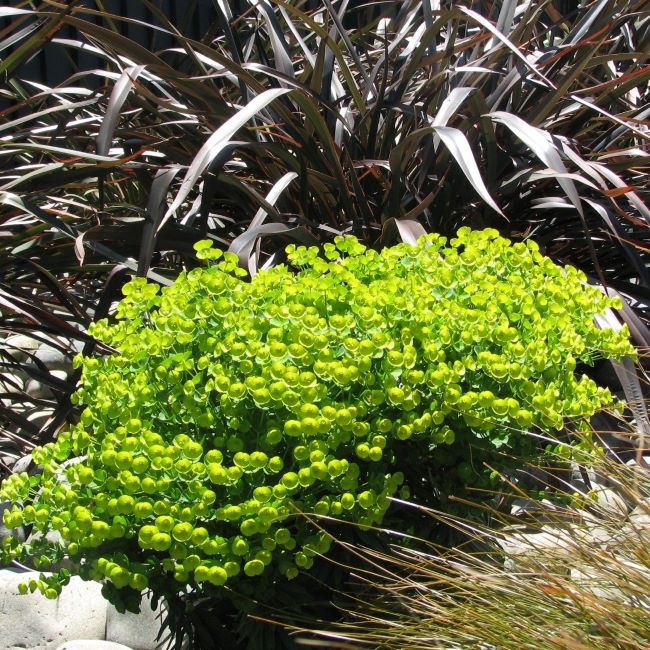
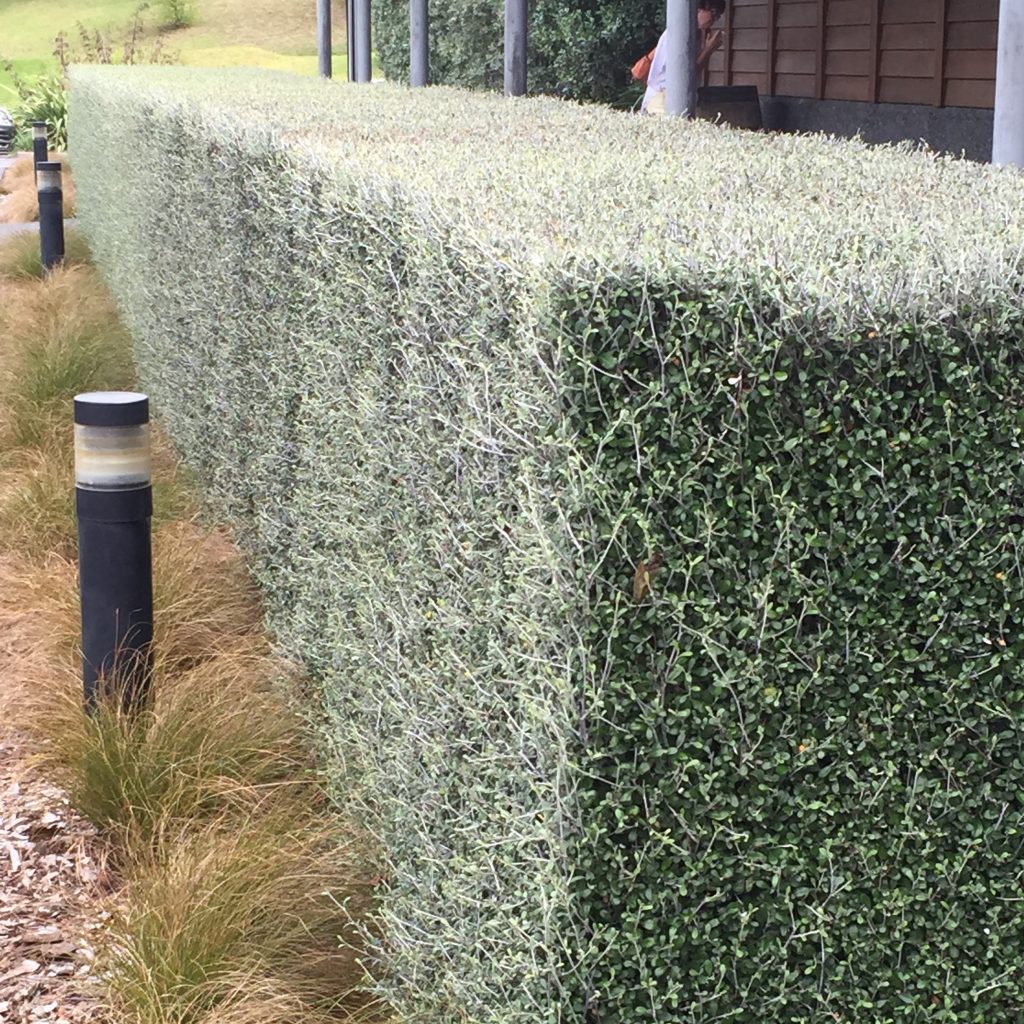
For classification purposes, a simple guide of plants endurance of frosts is:
- Frost tender plants are most definitely frost intolerant and will inevitably die from damage.
- Half hardy or frost tolerant plants are those that can tolerate a frost but will in fact be reduced in their looks! Most garden centres and nurseries at this time of year will generally keep low levels of stock of half hardy plants or will move such plants into a sheltered area.
- Hardy plants are the winners for winter. Whilst withstanding frost with very little damage, almost all growth will stop over winter time.
With respect to your garden, many plants can be damaged or killed by freezing temperatures or frost. Prevention is the best method to alleviate damage. To minimize the damaging effects of the colder weather on your plants the following steps can be taken:
- Guard against frost with the use of a frost covering – old sacks, newspaper, cardboard or even a piece of carpet. Remember to remove the covering in the morning to let the air and light in.
- To insulate roots of tender shrubs and perennials, mulch with an organic material such as pea straw, bark or compost. In spring this will conserve moisture and enrich the soil as it breaks down, whilst helping with weed control.
- Roots of plants can freeze, so avoid the symptoms of wet feet by planting in free draining soil.
- Glass houses offer a degree of protection. Verandah eaves can provide overhead protection for pots and containers.
- Pots and container plants roots are unprotected and the simple application of bubble wrap around the outside of the pot can provide insulation
Here at Gardening Solutionz, some of our top plants in the survival of the fittest over the winter period include such proven winners as Astelia Silver Spear, Carex Testecea, Viburnum Eve Price, Nandina Firepower, Euphorbia Kea, Phormium Black Magic, Corokias, Pittosporums, Dianellas and Lomandras.
At your local garden centre you should find many plants will be labelled with their frost tolerance capabilities. Take care to read these details and plant your garden accordingly. Then take the time to enjoy the crisp winter days and remember spring is really just round the corner.


